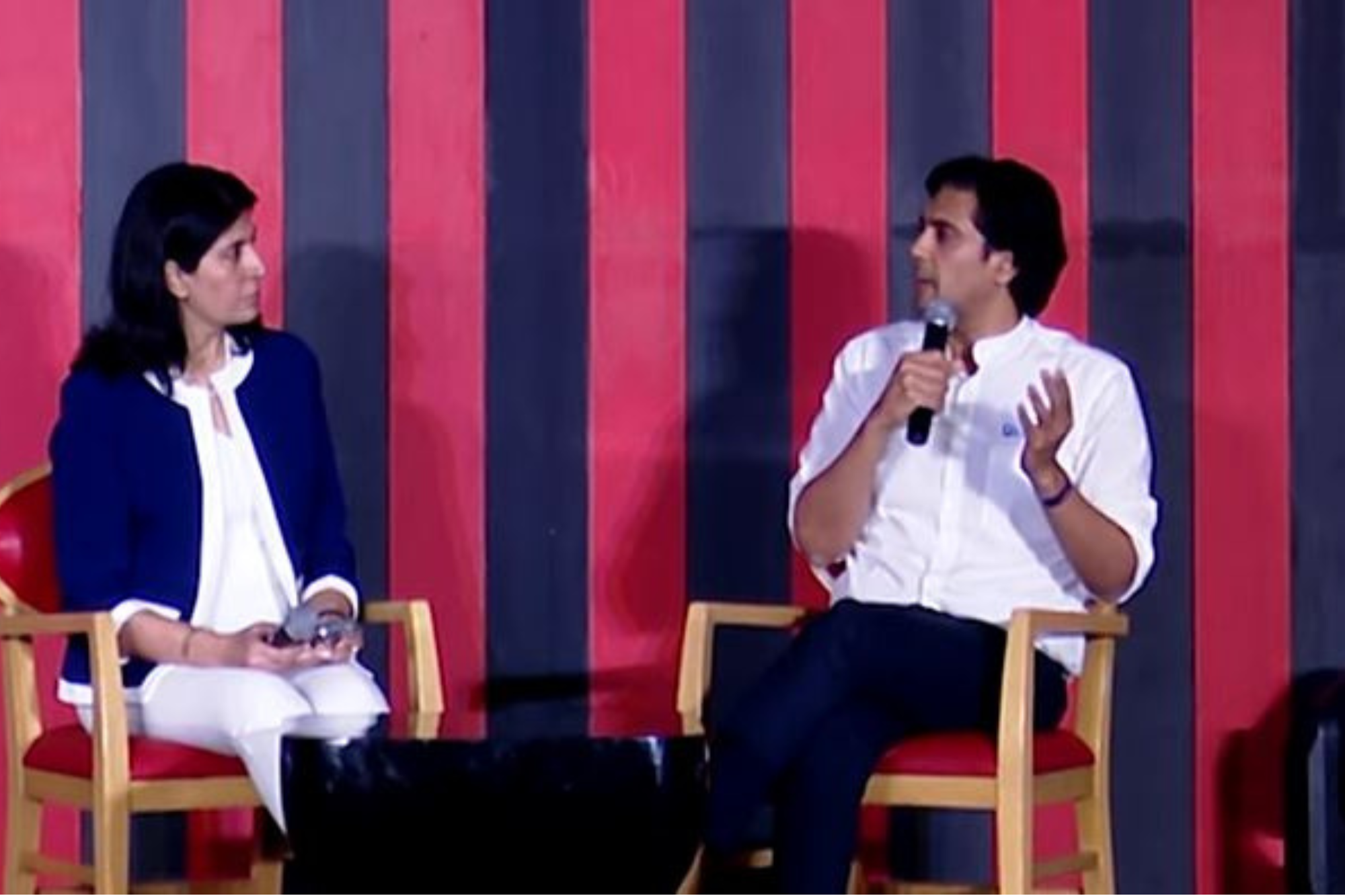Bottom-line improvements! The proactive and reactive organizations.
By Vishal Kulkarni •
Opinions expressed by Entrepreneur contributors are their own.
You're reading Entrepreneur India, an international franchise of Entrepreneur Media.

Organizations can be classified into two categories – proactive and reactive. Good organizations are proactive, and others are reactive. Proactive organizations build muscles, while the later builds fat!
Tough times or good times, proactive organizations always focus cutting fat and strengthening their muscles. They do this by sustaining a structured program focused on strengthening the bottom-line of the organization.
On the other hand, reactive organizations are left clueless in dealing with the tough times. The general tendency is to react to the ever-changing environment. However, being reactive would be less helpful than being responsive. Any company which is stock rich and fat (instead of being fit), it losses the ability of responding and in turn forcibly has to react to the changing markets.
Dynamic nature of Supply Chains
Essential point to appreciate here is that organizations don't compete but the supply chains do. It was found during the slowdowns in the past, that all those manufacturing organizations, which had over the years worked on, leaning their supply chains and operations, survived or emerged stronger which emphasizes on bottom-line growth. They were capable of being flexible with delivery times, batch quantities as they were lean and nimble. Interestingly, higher the amount of inventory in the supply chain, lesser responsive the organizations are. This dynamic behavior can be changed by giving appropriate attention to the amount of stocks lying in the supply chain.
The strategic parking position of the inventory decides the responsiveness of the supply chain. Now, to maintain optimum inventory at the upstream levels is the key. If the inventory is upstream, that is at the raw material form (towards supplier end) is good. Best would be just in time! Concepts of producing to "takt' time (customer demand rate) and shortest throughput times (time to manufacture) are not mere concepts there but real requirements.
Stability of the work environment
Bottom-line growth ensures the basic stability of the working where the health of machines, continuous flow of material, short throughput time and excellent quality ratio are the parameters that determine the competitiveness of the organization as well as decide customer satisfaction. Needless to say, customer is the king and it is essential to heighten his/ her satisfaction levels to delight stage to survive in the market.
The transformation framework
One can reach this destination of LEAN by a structured program for transformation. It is known by different names; some call it TPS (Toyota Production System), others WCM (World Class Manufacturing), some call it LEAN – all world-class organizations may have different nomenclature for the framework. But as it is said, "All roads lead to Rome.' All systems lead to one destination of world-class performance.
Organizations that resort to cost cutting initiatives cut the muscles and not the waste. Instead, what they should do is rather than attacking the muscles, they should hit the fat – the waste in the system by cost management and not cost cutting.
Identification of obstacles
Identification of bad actors quickly is important and cost effective. Benefit analysis of the problem holds the key. One should start from the low hanging fruits and keep moving towards tougher targets. One should identify where the value is lost, identify their causes and rapidly act to fix them. Problem solving capability at all levels is vital for the above-mentioned points. If we relate this further to the culture of the organization, it should be conducive to highlight problems, which lead to improving the current situation.
As rightly said by Benjamin Franklin: "Watch the little things; a small leak will sink a great ship!" So, watch out for the waste and sail smoothly even in stormy weather.











